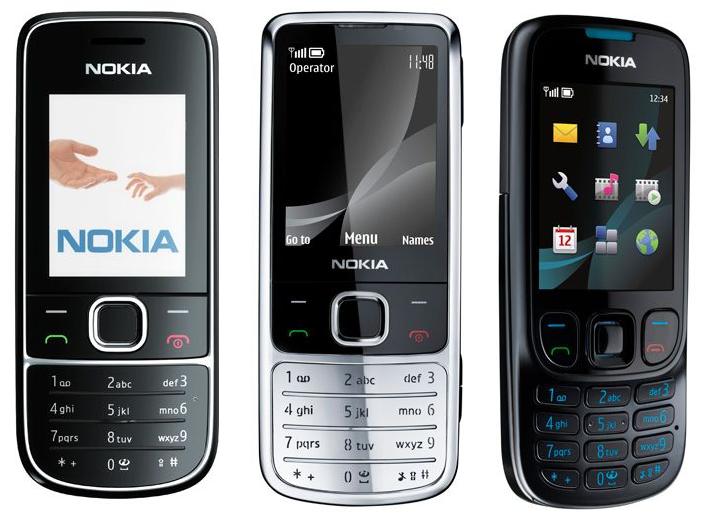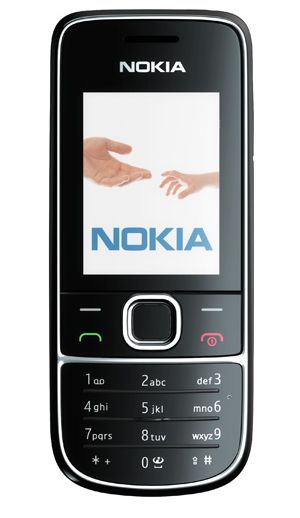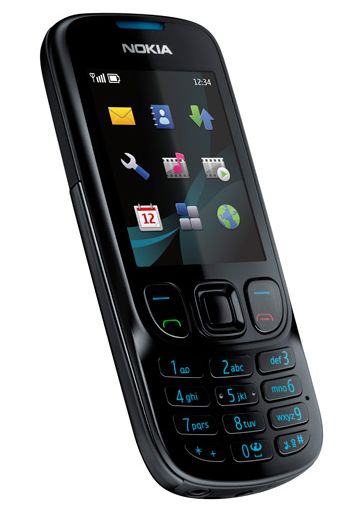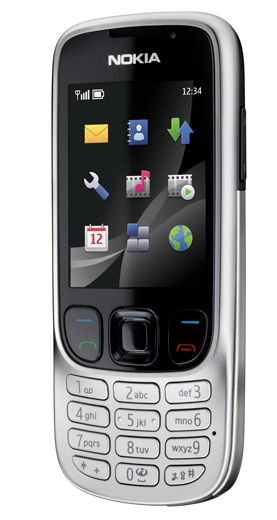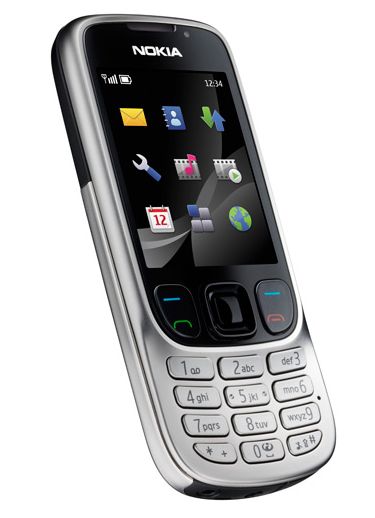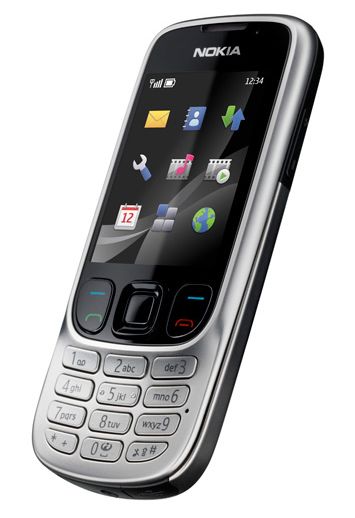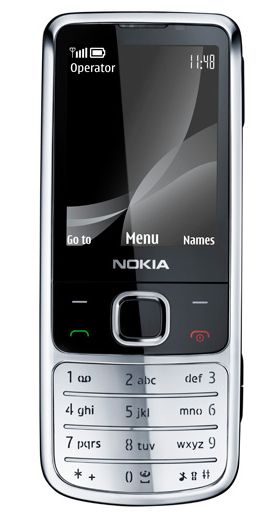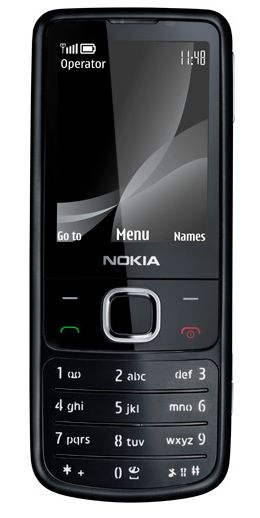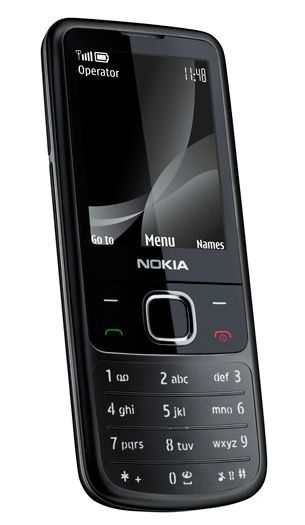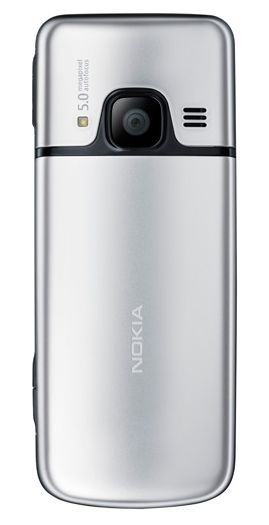Nokia 2700 Classic, 6700 Classic And 6303 Classic Announced
Nokia has announced a trio of new straightforward handsets, the Nokia 2700 classic, Nokia 6700 classic and Nokia 6303 classic. Top of the bill is the Nokia 6700 classic, which builds on the success of the 6300 with a 5 megapixel camera, assisted GPS navigation with Nokia Maps, and 3G internet access, together with a full-metal keypad and slim form-factor.
Meanwhile the Nokia 6303 classic is a more direct evolution of the 6300, with a 3.2 megapixel camera, 2.2-inch display and preloaded Nokia Maps. It also has a standard 3.5mm headphone socket, for use as a PMP. Finally, the Nokia 2700 classic is an entry-level device with a 2-megapixel camera, memory card slot supporting up to 2GB cards, Share on Ovi support and media player.
The Nokia 2700 classic, Nokia 6700 classic and Nokia 6303 classic are all expected to ship in Q2 2009, priced at €65 ($86), €235 ($309) and €135 ($178) respectively. Nokia will be hoping they share some of the 6300's sales success: the handset, announced in 2006, was the best selling mid-range mobile phone.
Press Release:
New arrivals in the world's most successful mobile phone range
January 29, 2009Espoo, Finland – Nokia today announced the Nokia 6700 classic, the Nokia 6303 classic and the Nokia 2700 classic, three devices that build on the formula that made Nokia the world leader in mobile phones. The new trio combines the functionality and user experience required in today's hectic times, with premium designs and materials that make them the most beautiful, well built and competitively priced offerings available.
Leading the new collection is the Nokia 6700 classic, which continues the legacy of one of the company's most successful products, the Nokia 6300. "The Nokia 6300 raised the bar in terms of design and premium materials when it arrived in 2006 and topped all sales records for a mid-range mobile phone. The Nokia 6700 moves that bar even higher with a beautiful, slim design and perfectly balanced practicality," said Soren Petersen, Senior Vice President, Nokia. "Our new arrival shares the same 'DNA' as its predecessor and we believe that it will be one of our best selling devices in 2009," continued Petersen.
The Nokia 6700 combines smooth surfaces, rich materials and precisely crafted parts with a full metal keymat which completes the premium finish. Improving on all areas of its forerunner, the Nokia 6700 comes with a 5 megapixel camera, assisted GPS navigation with Nokia Maps, and high speed data access meaning sharing images or video is faster and easier than ever. At an estimated retail price of EUR 235, before taxes and subsidies, the Nokia 6700 addresses the original Nokia 6300 customer need and aspiration level perfectly.
At an estimated retail price of EUR 135, before taxes and subsidies, the Nokia 6303 classic is ideal for people that see the current value proposition of the Nokia 6300. The 3.2 megapixel camera comes to life on the large 2.2 inch screen, and with pre-loaded Nokia Maps, the Nokia 6303 combines a long list of features with excellent battery performance. Added to everything else, people can plug any music accessory into the standard 3.5 mm audio jack and have a fully fledged mobile music player able to carry thousands of their favorite tracks.
Rounding off the new arrivals is the Nokia 2700 classic which, at and estimated price of EUR 65 before taxes and subsidies, is one of Nokia's most affordable, full featured handsets. Offering up to 2GB of storage via the memory card slot, the phone also has an integrated digital music player and a 2.0 megapixel camera, making it equally competent for imaging and music. "These features mean people can save, access and share files in hundreds of formats via Nokia's online service, Share on Ovi, or a number of other websites. The rich features and simple interface mean that in many cases, the Nokia 2700 classic will provide its owner's first Internet experience," concluded Petersen. All three devices are expected to ship in the second quarter of 2009.

